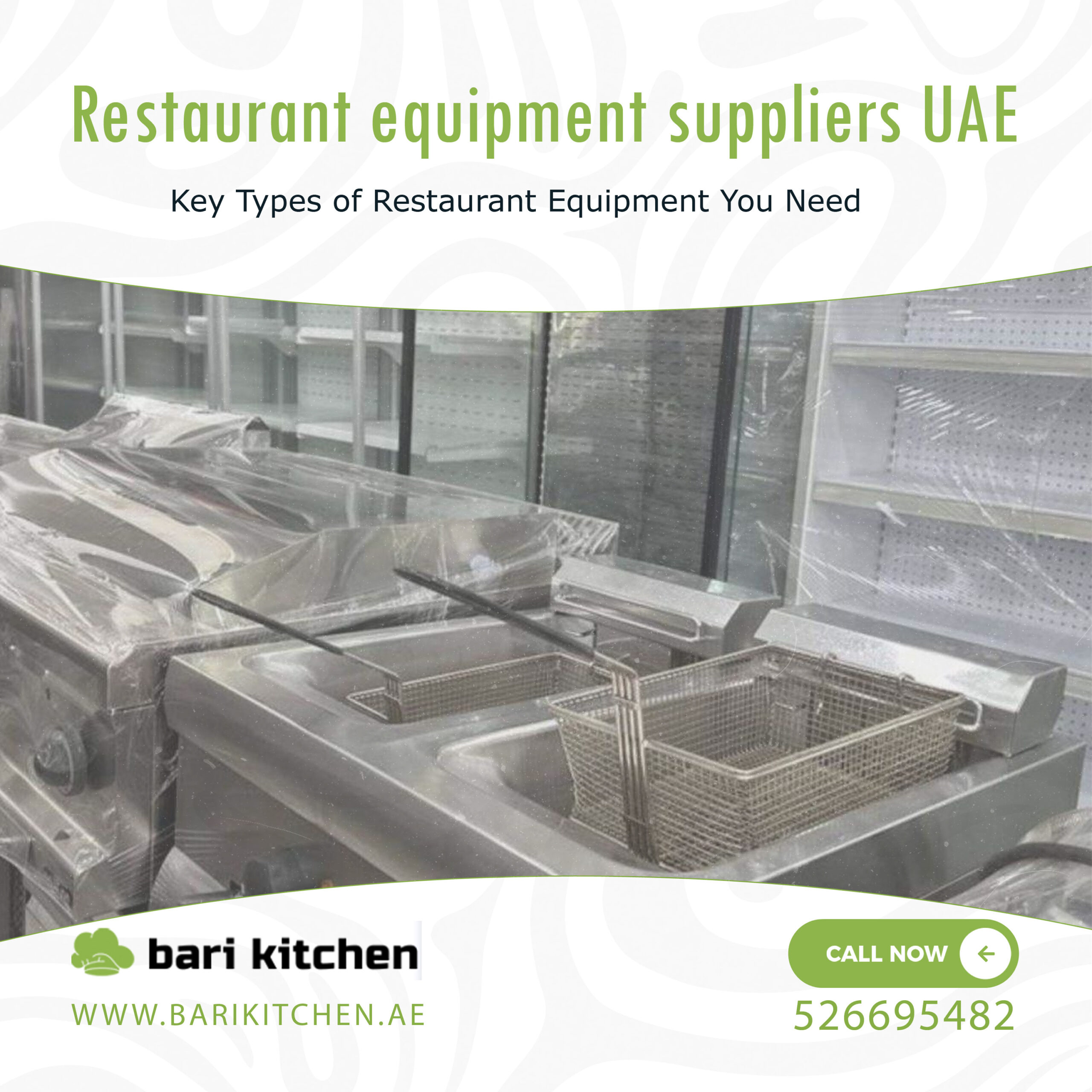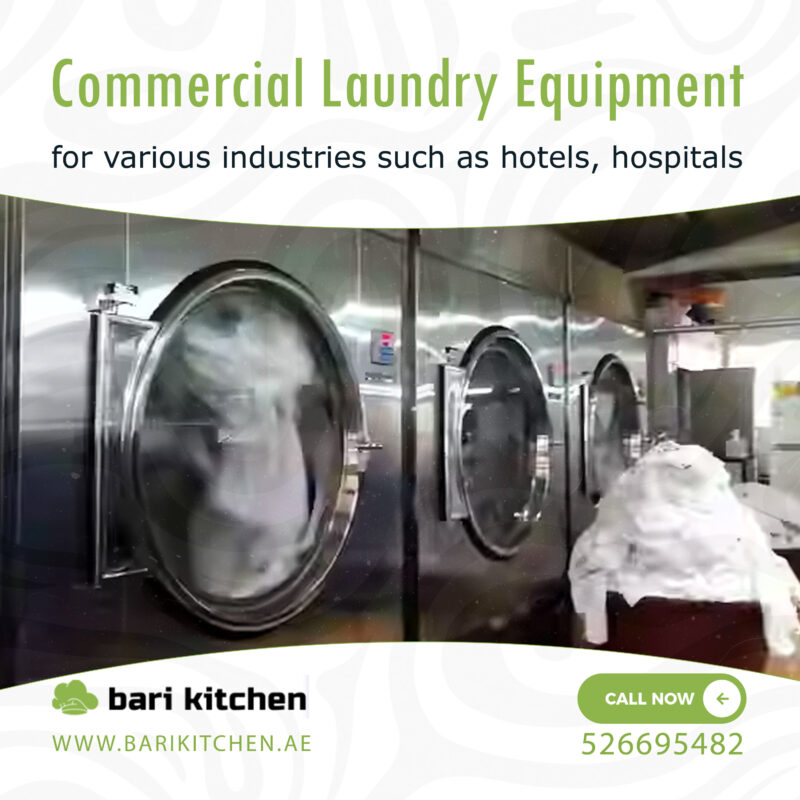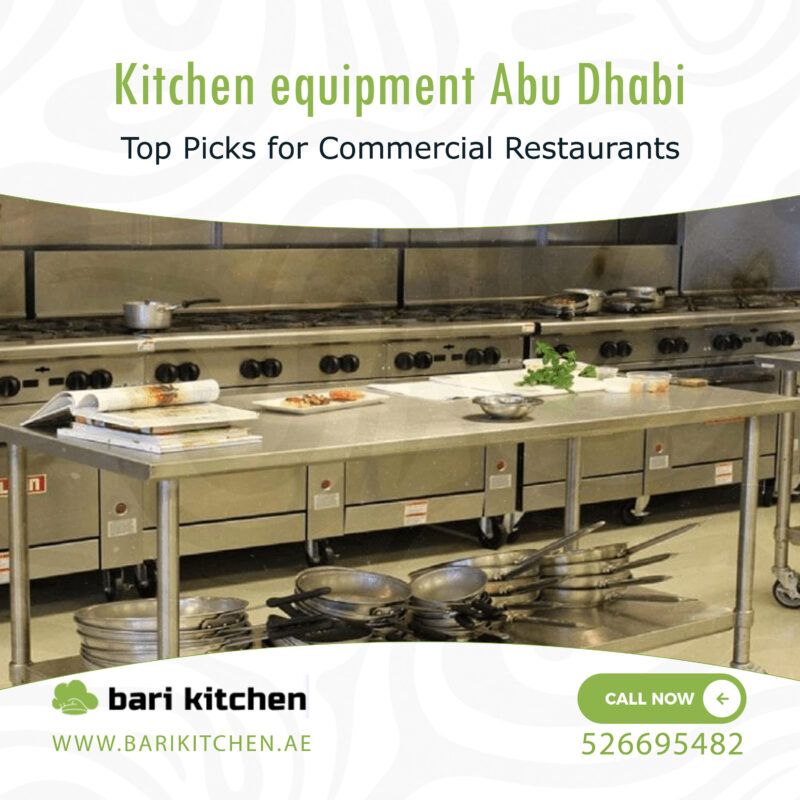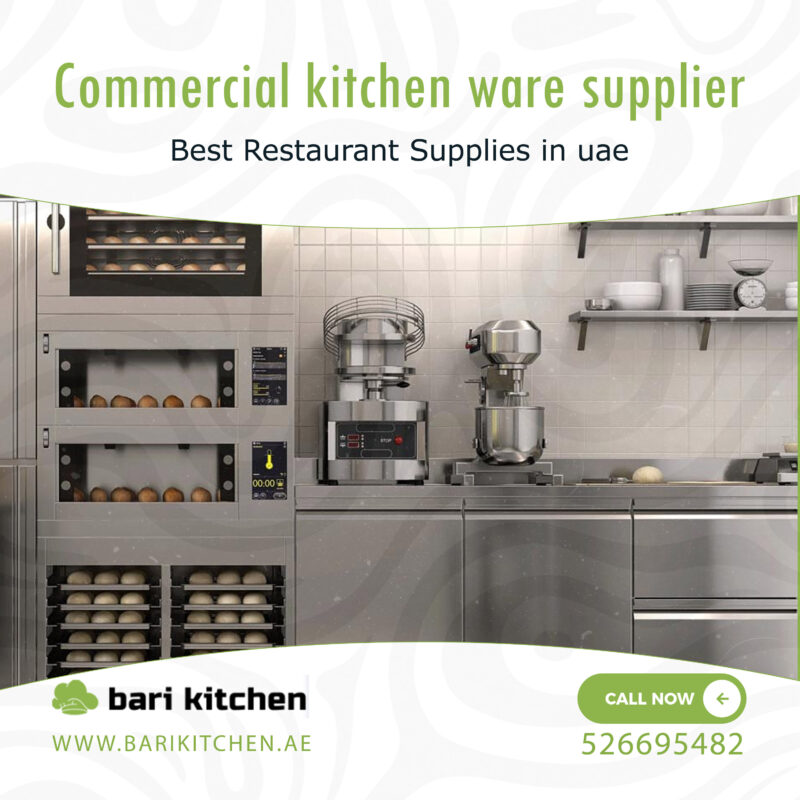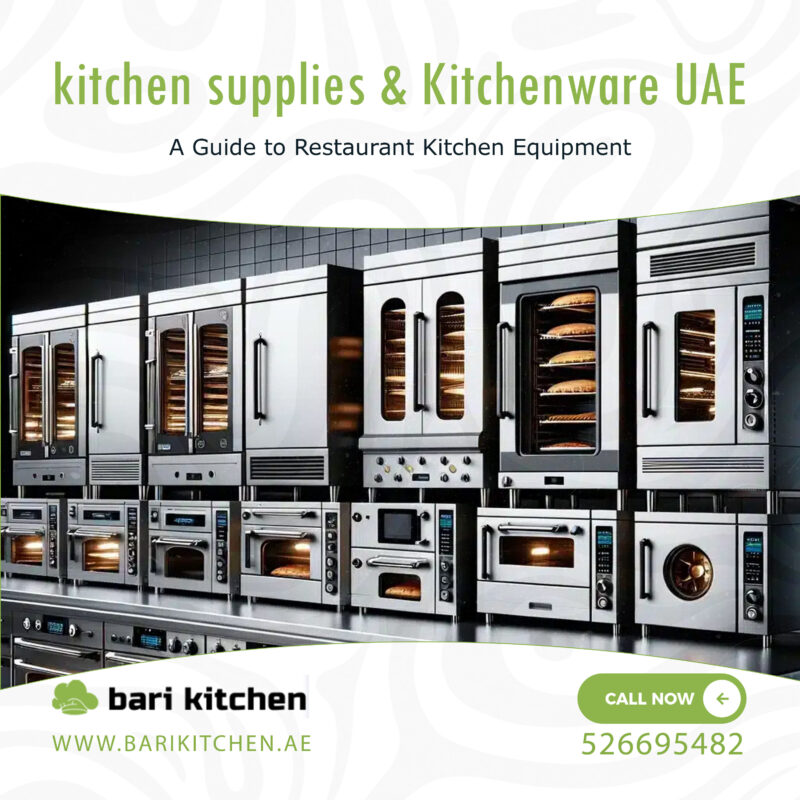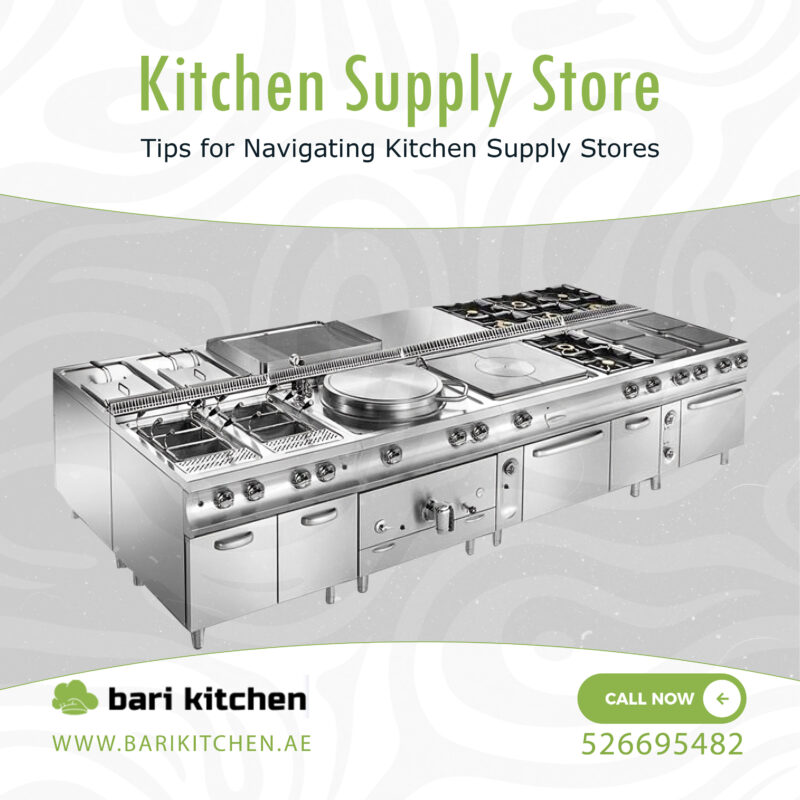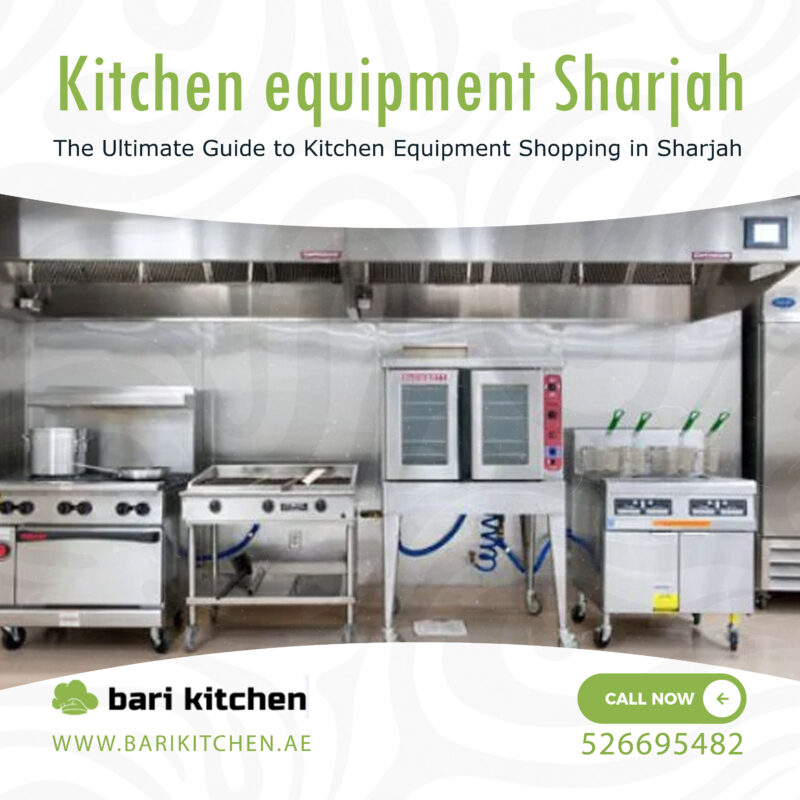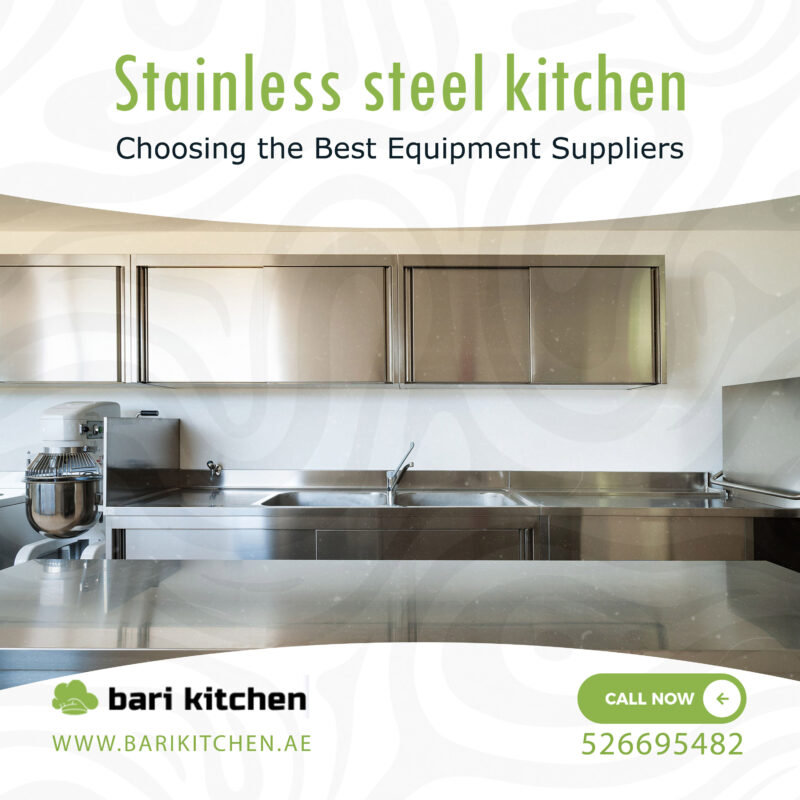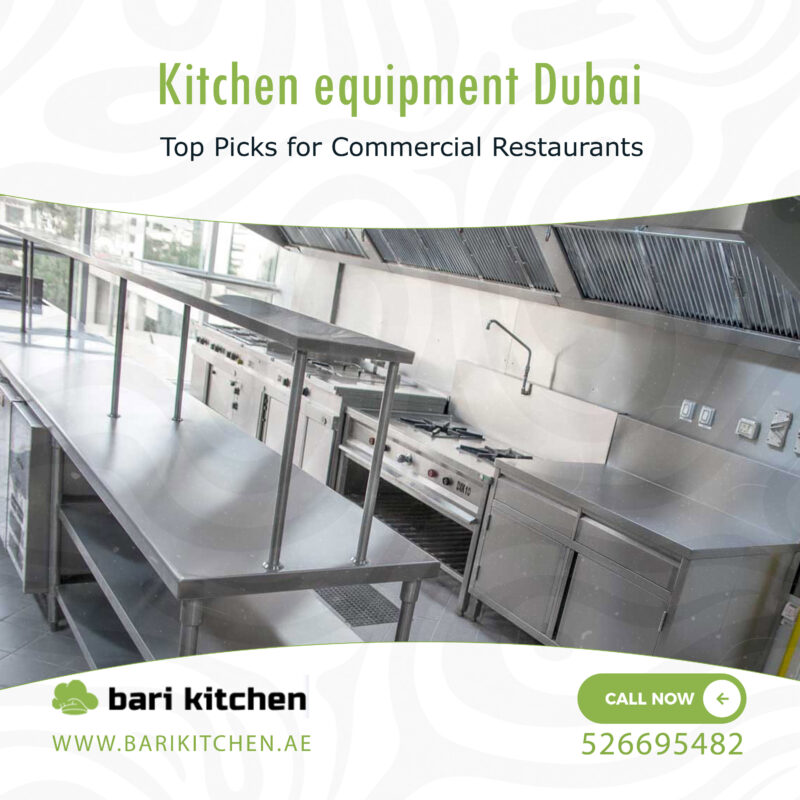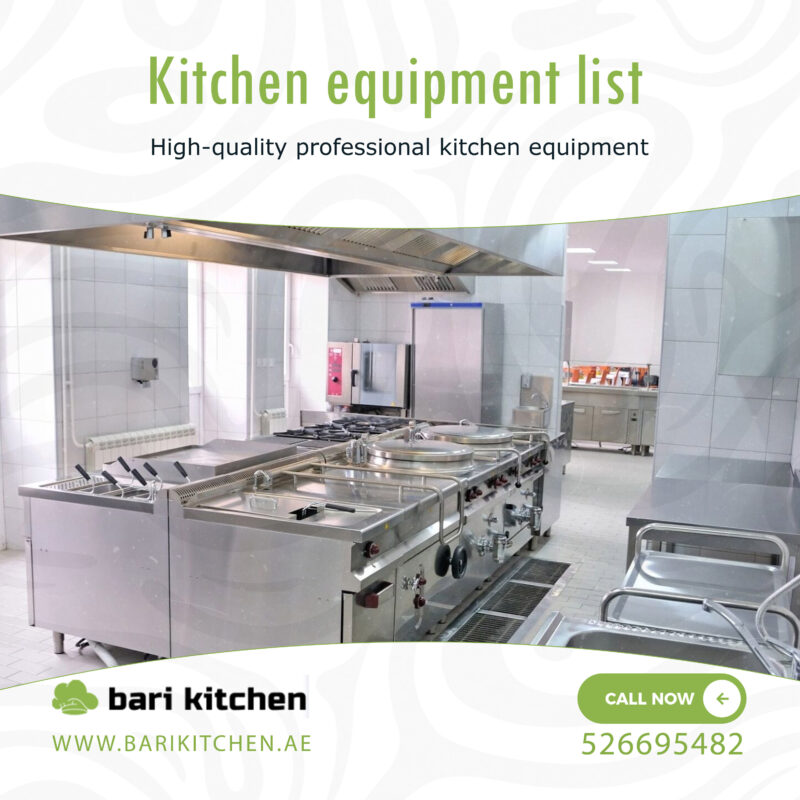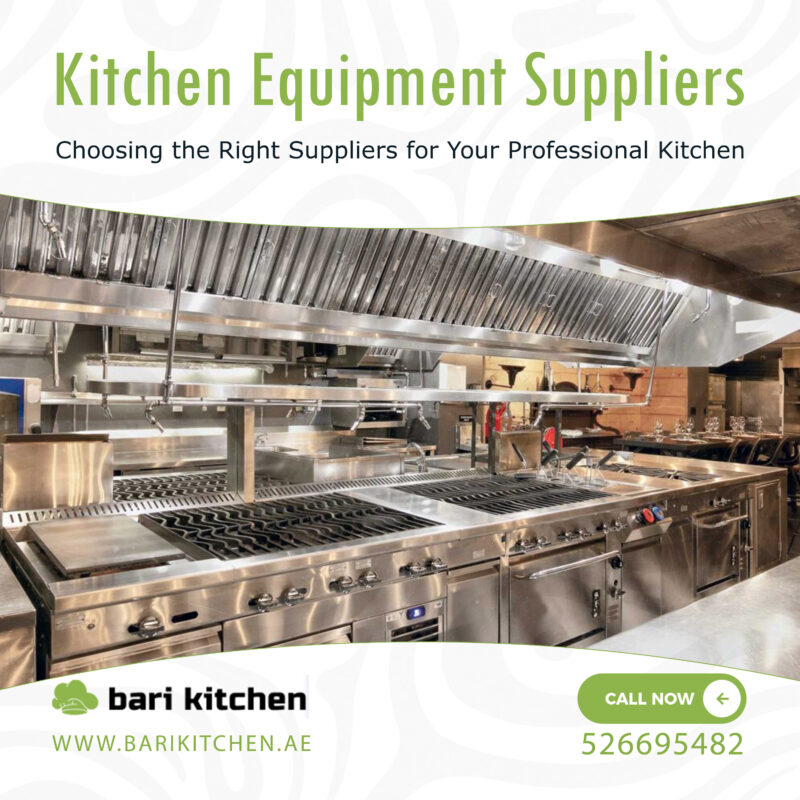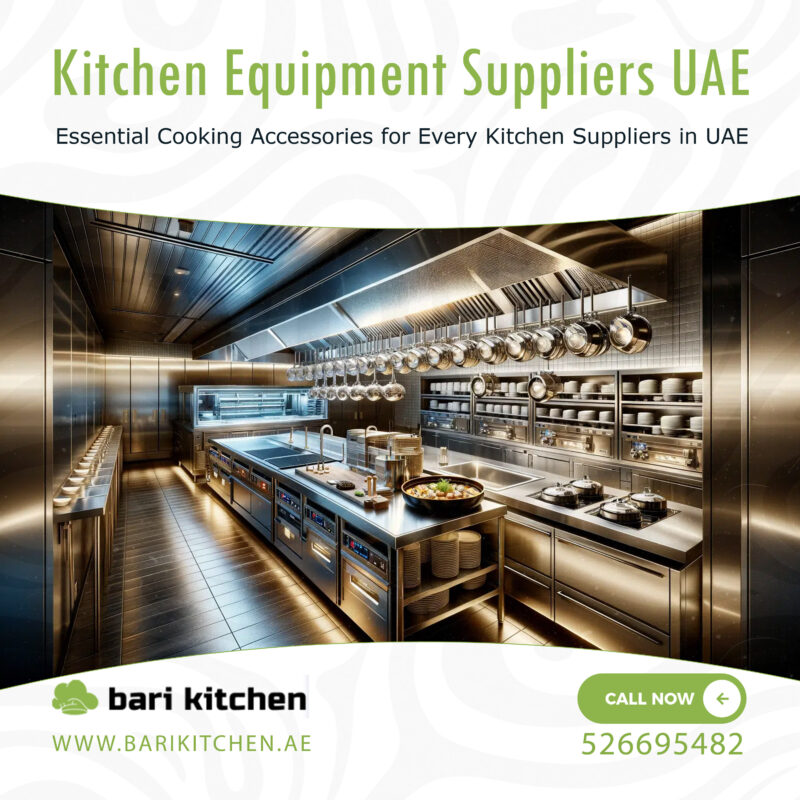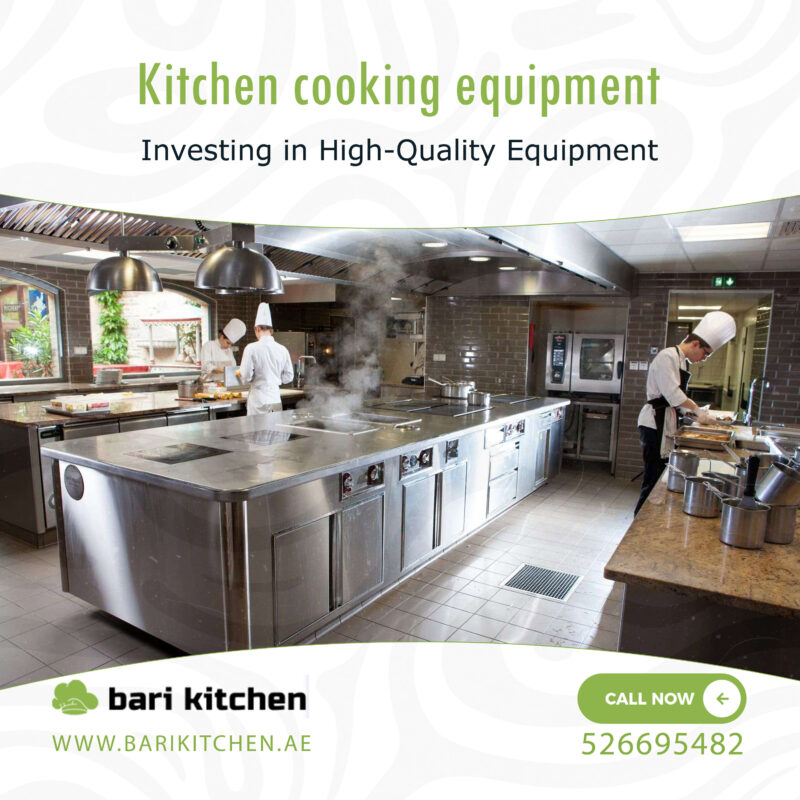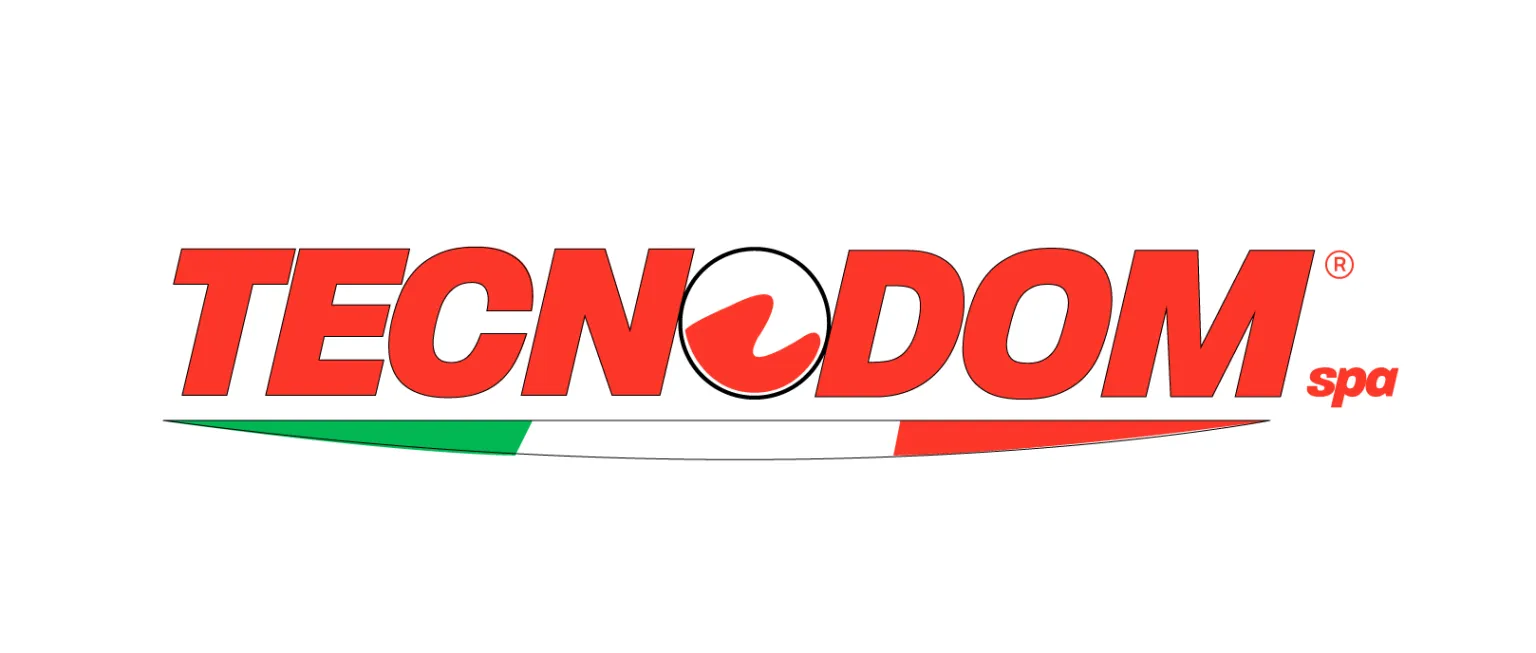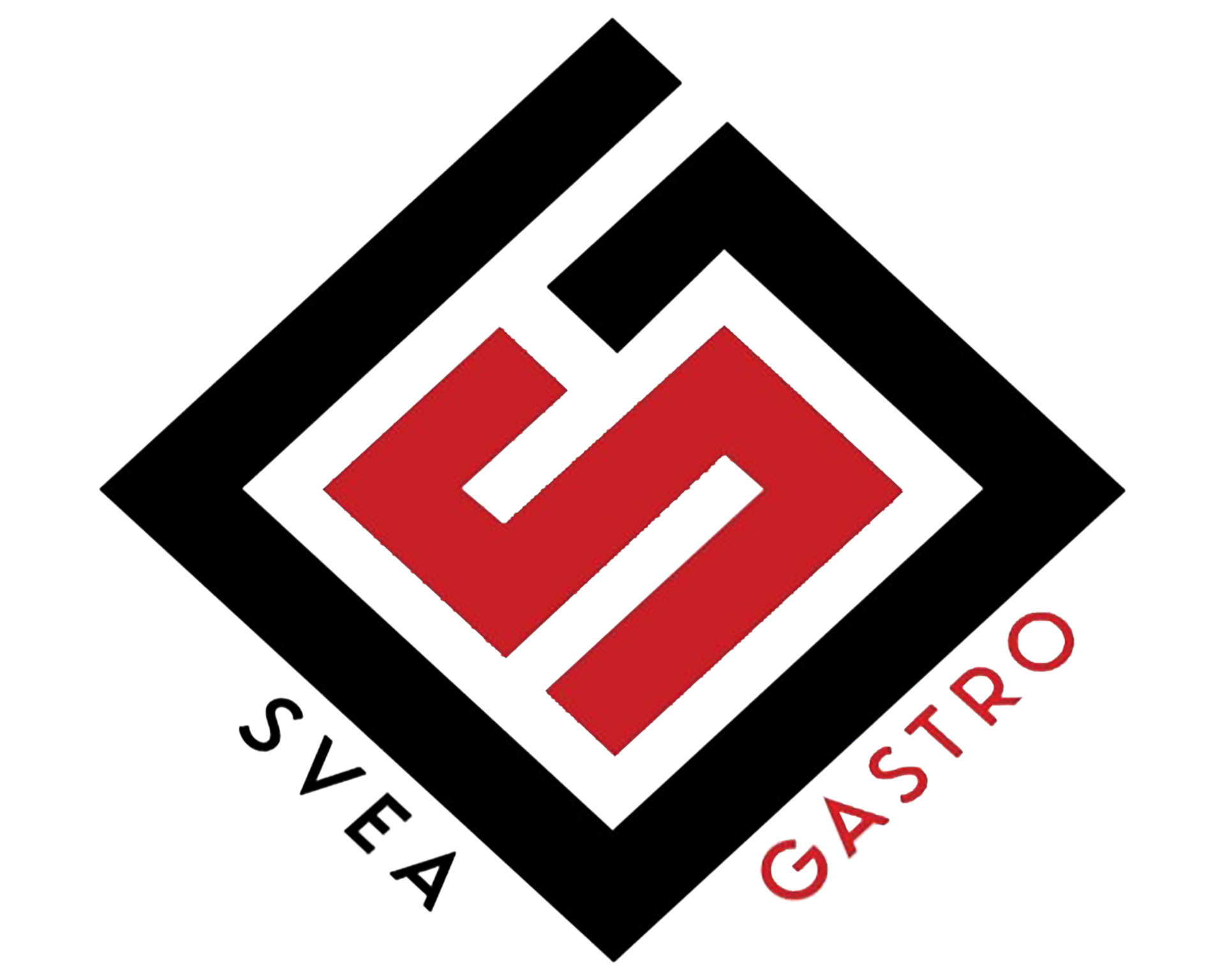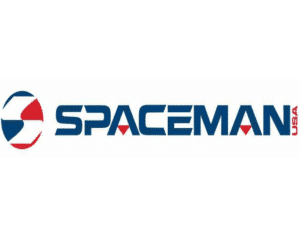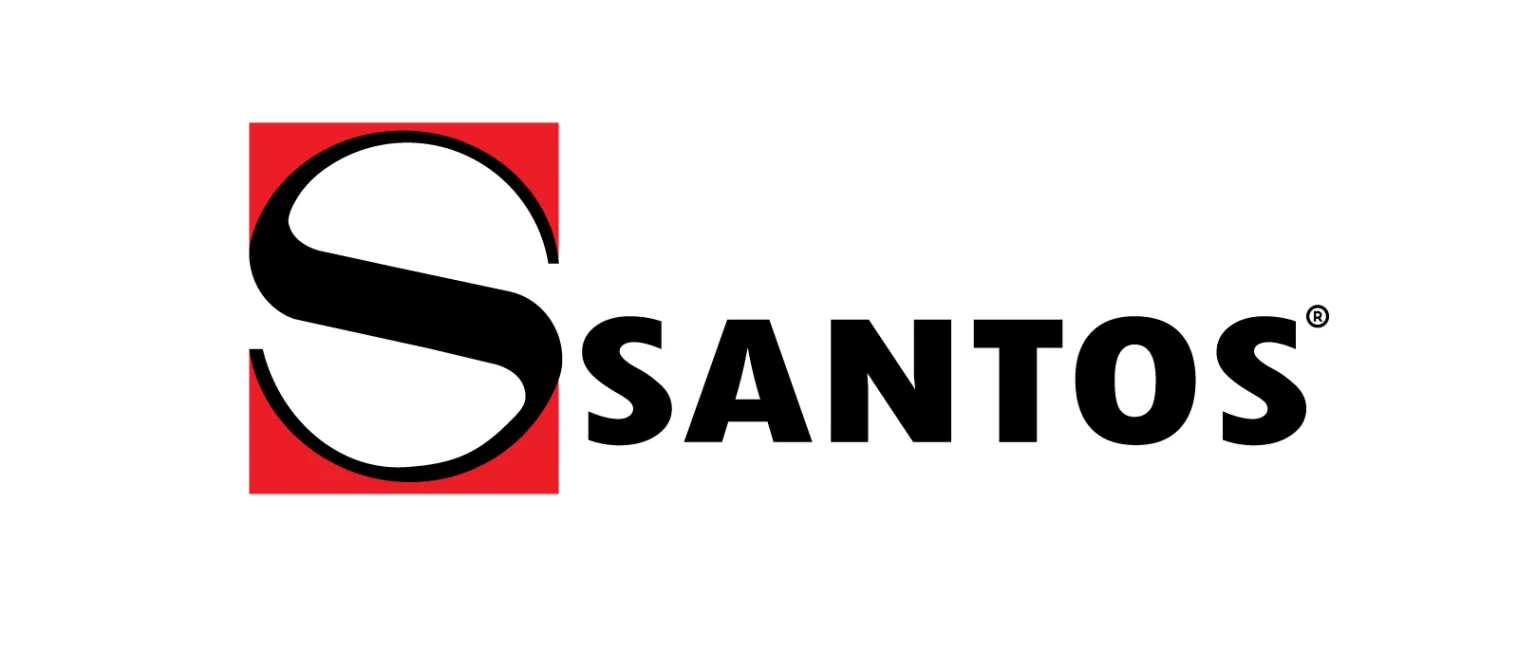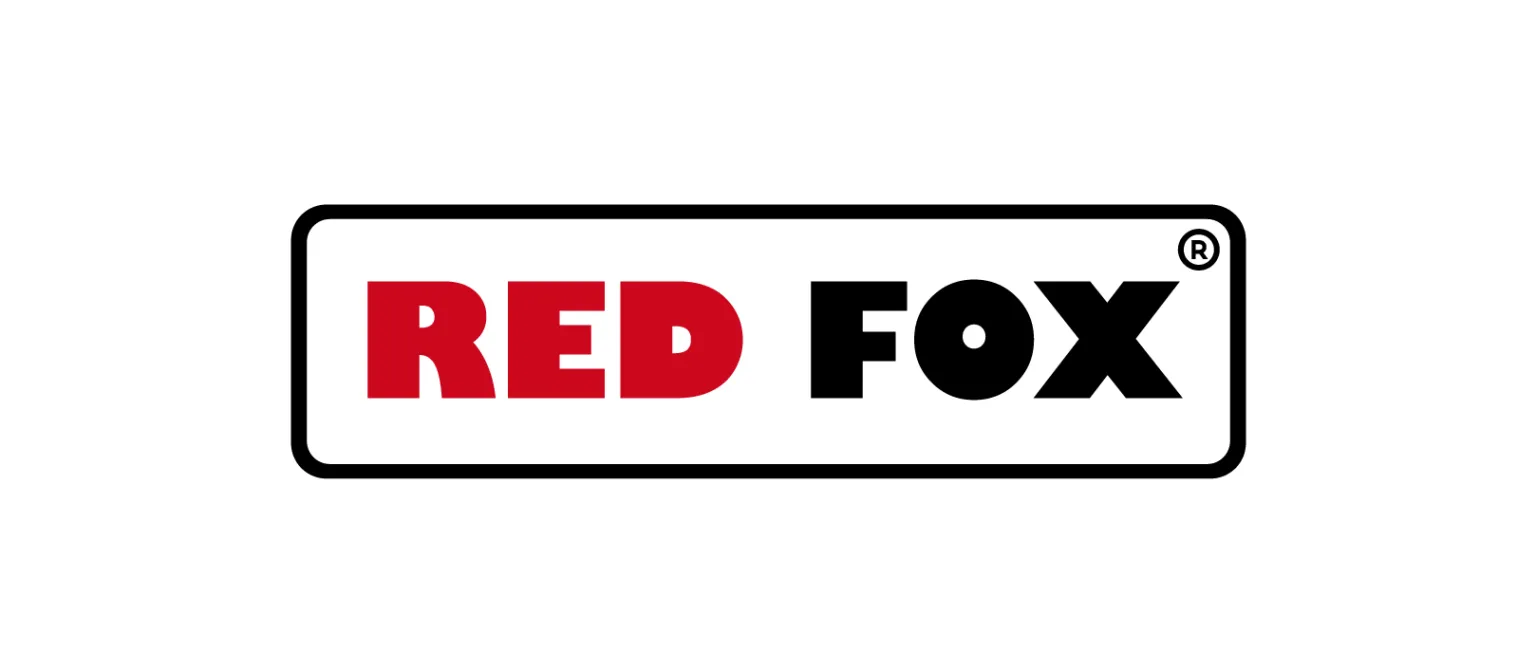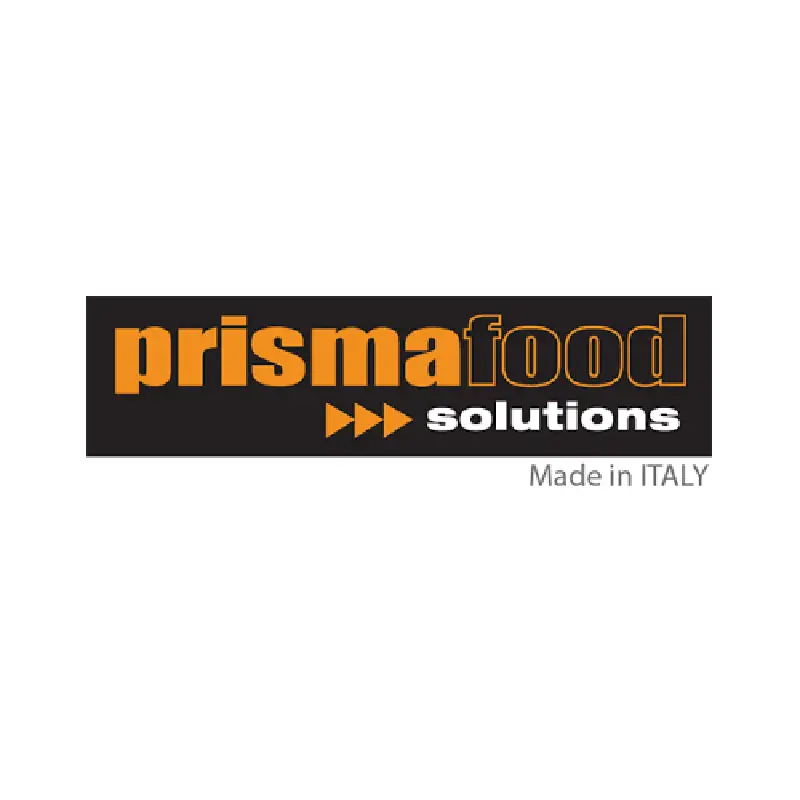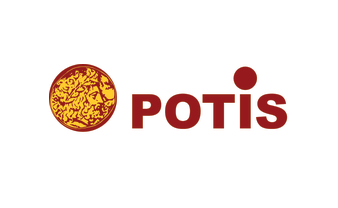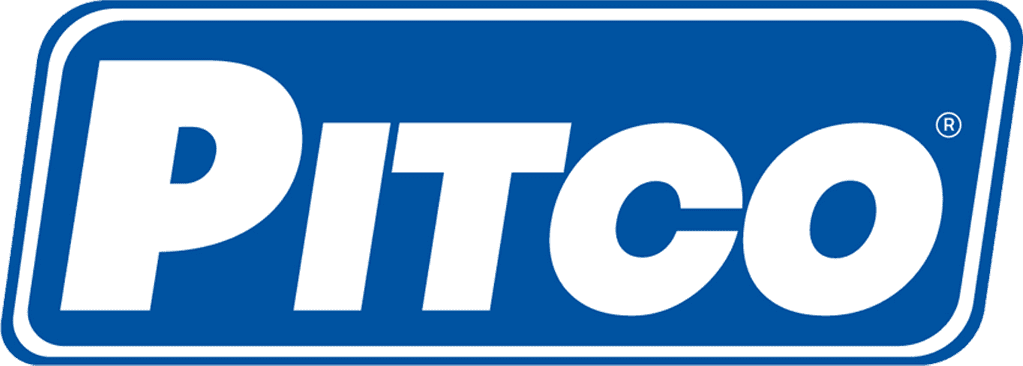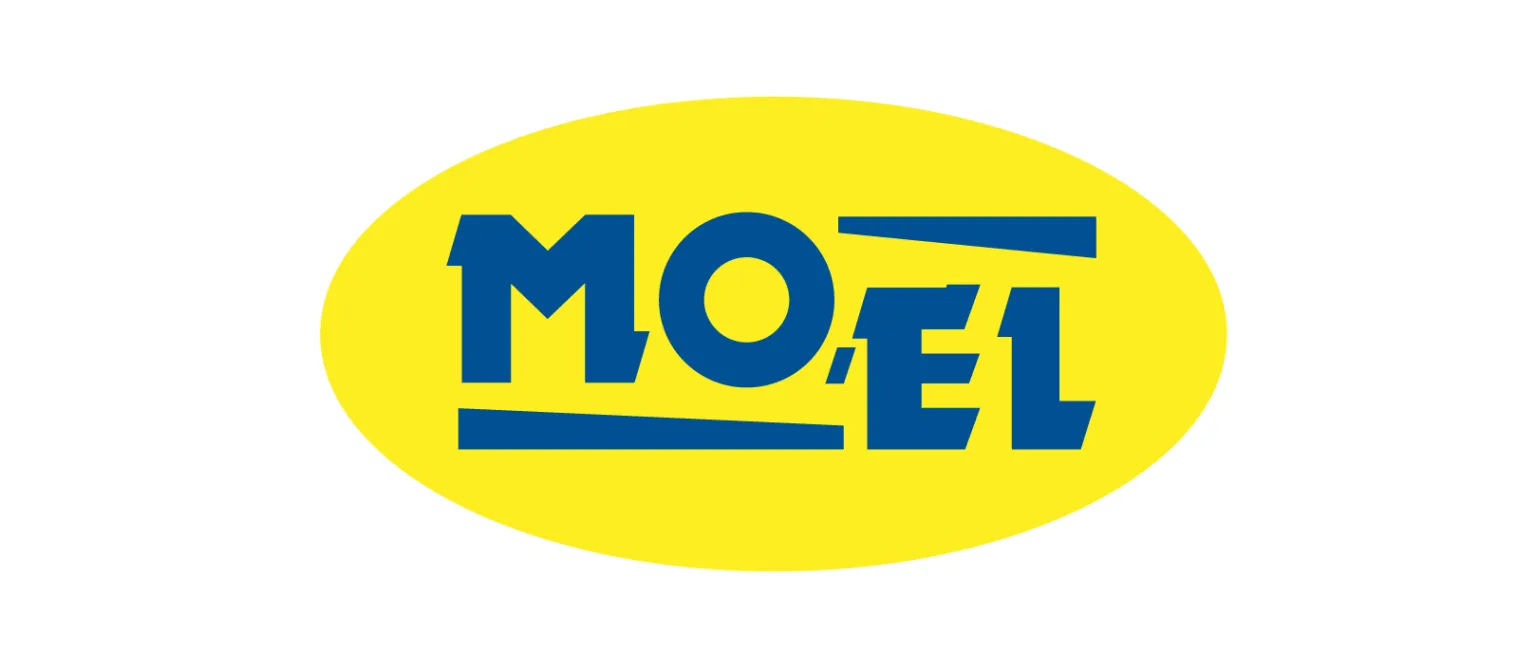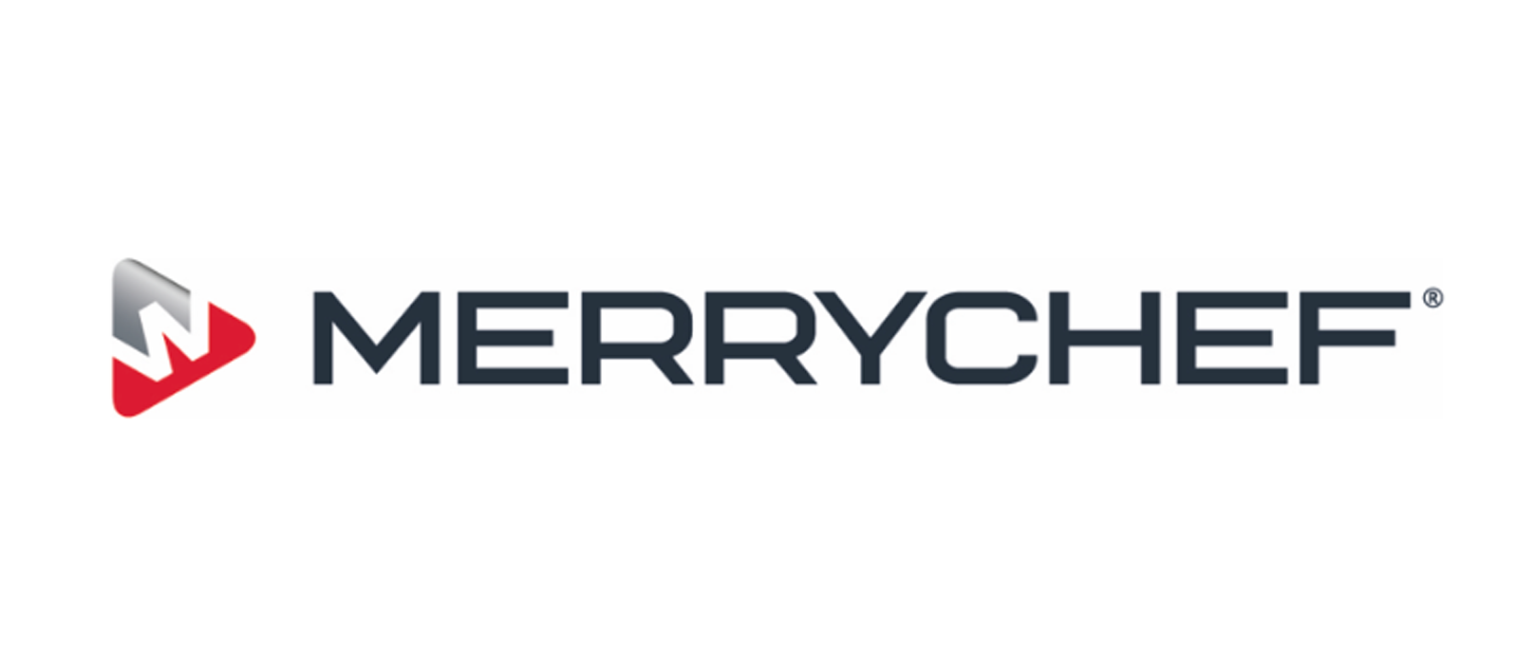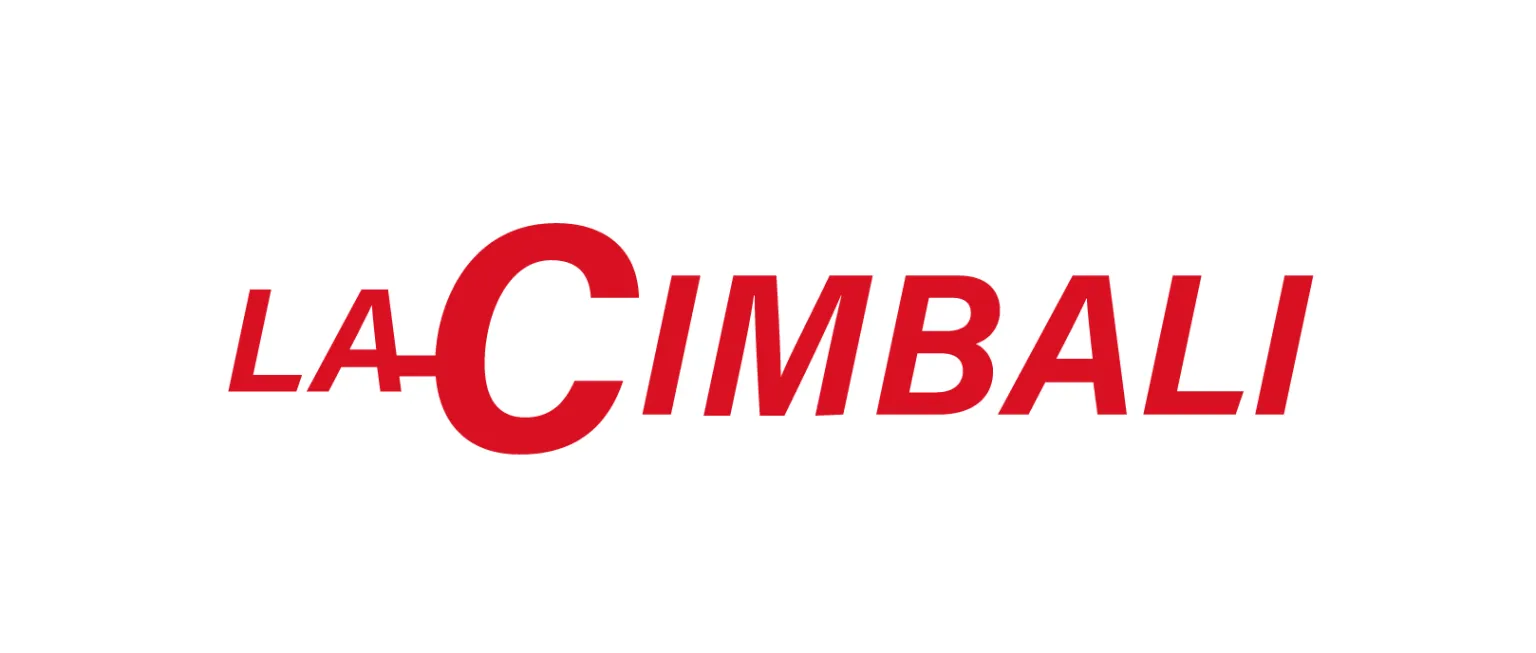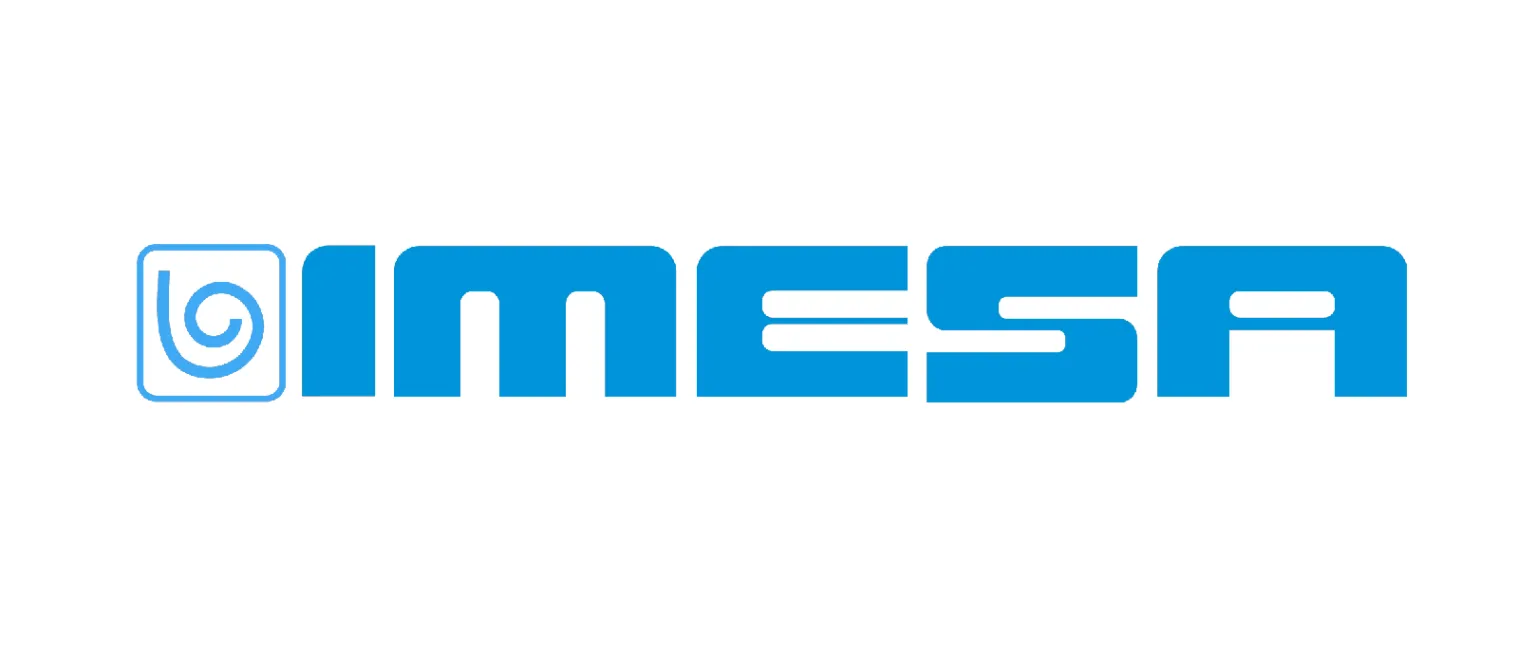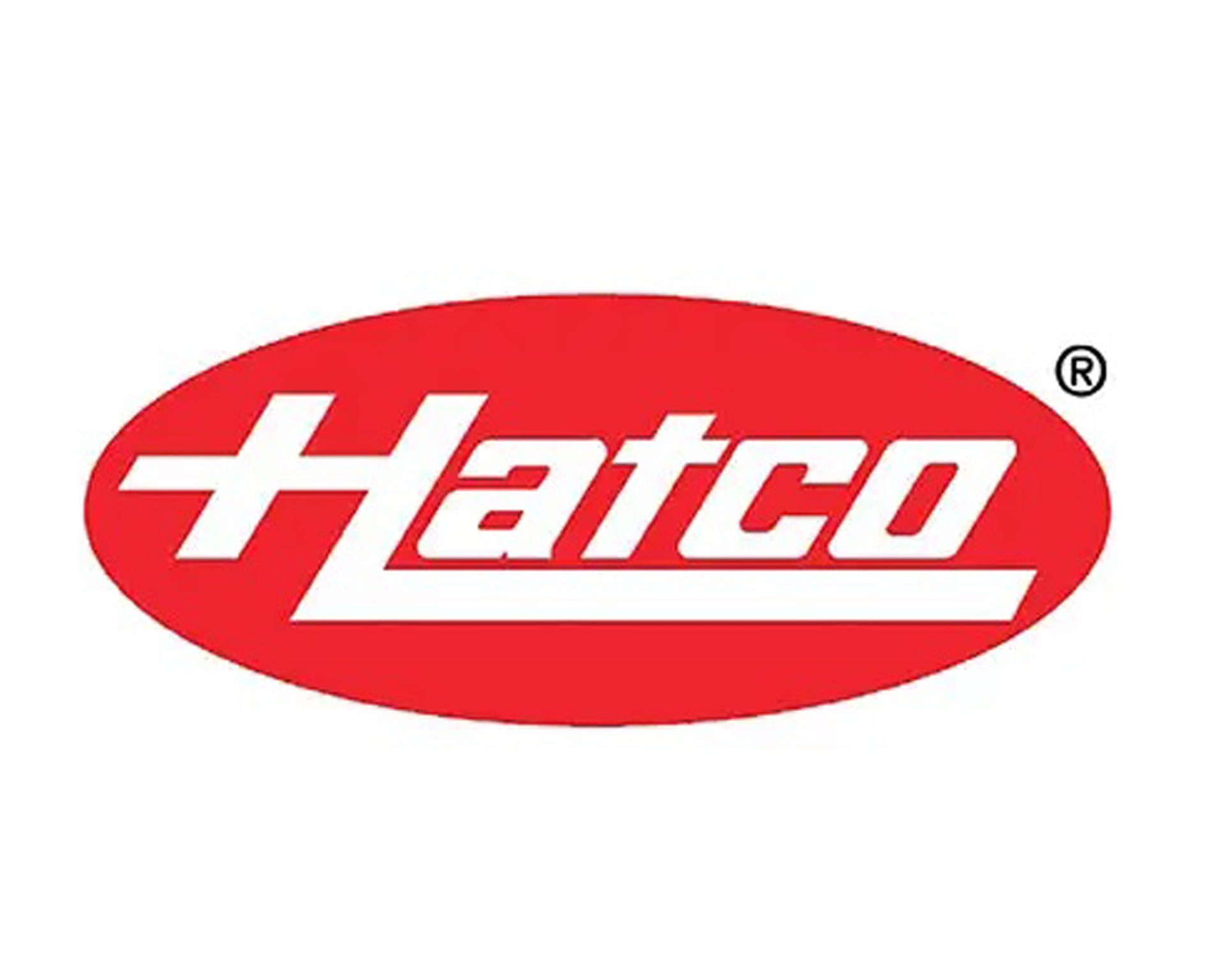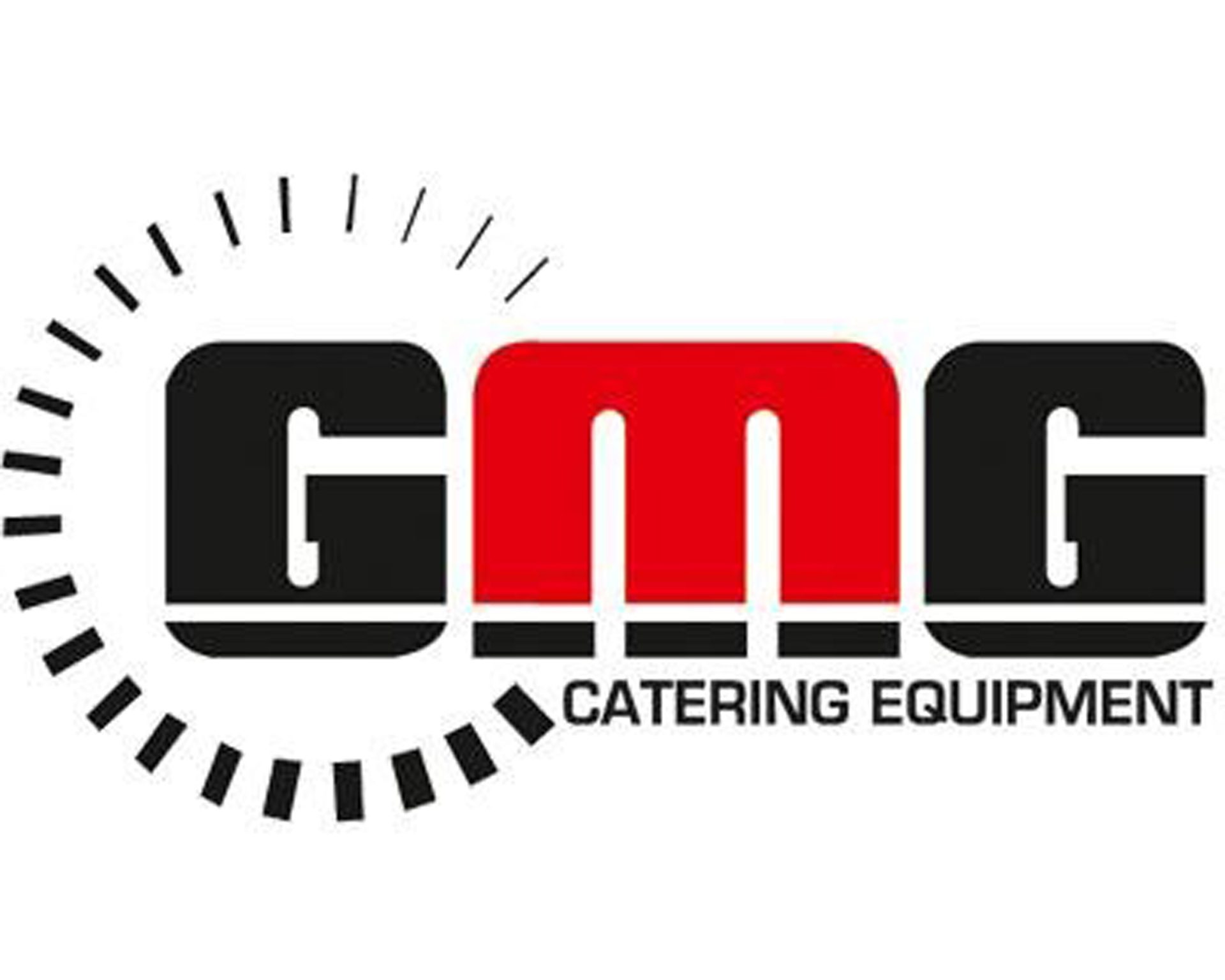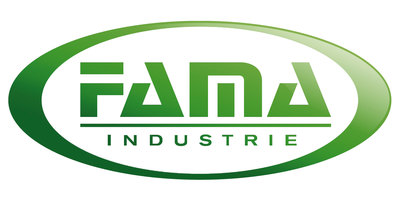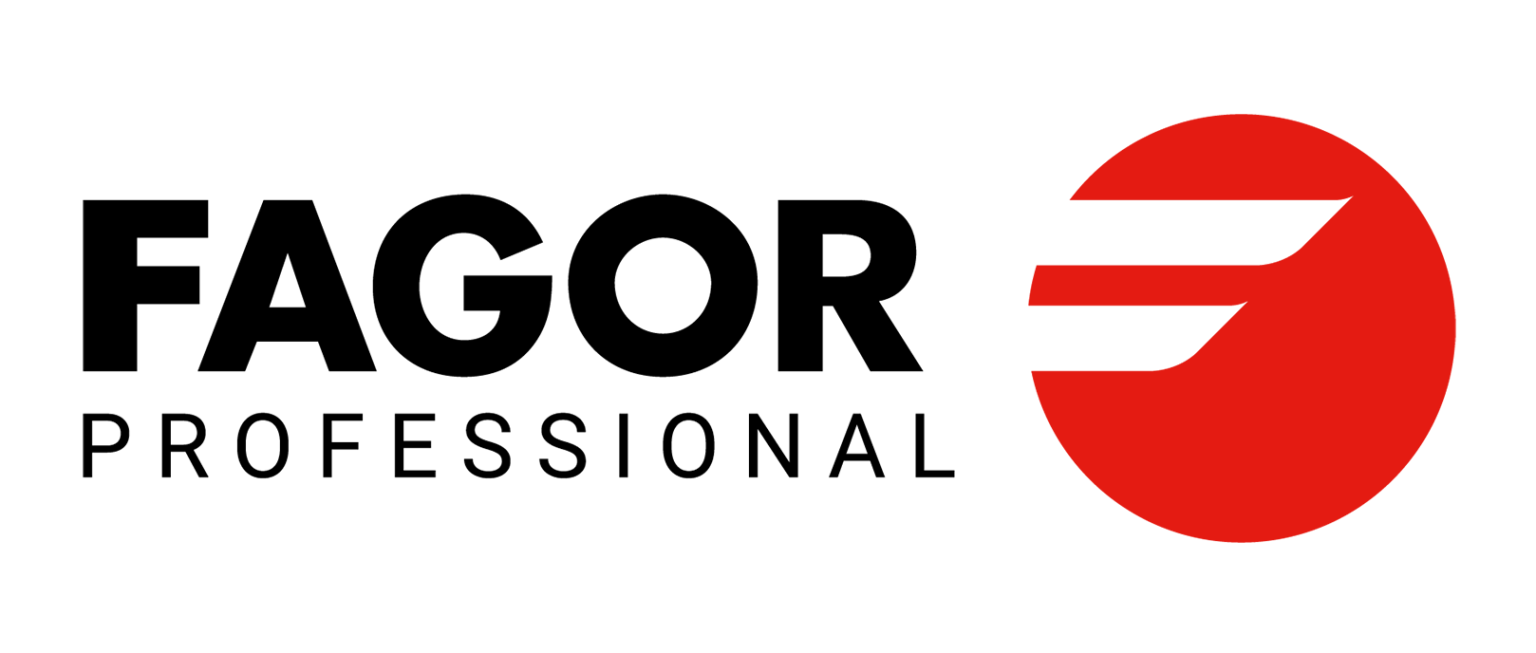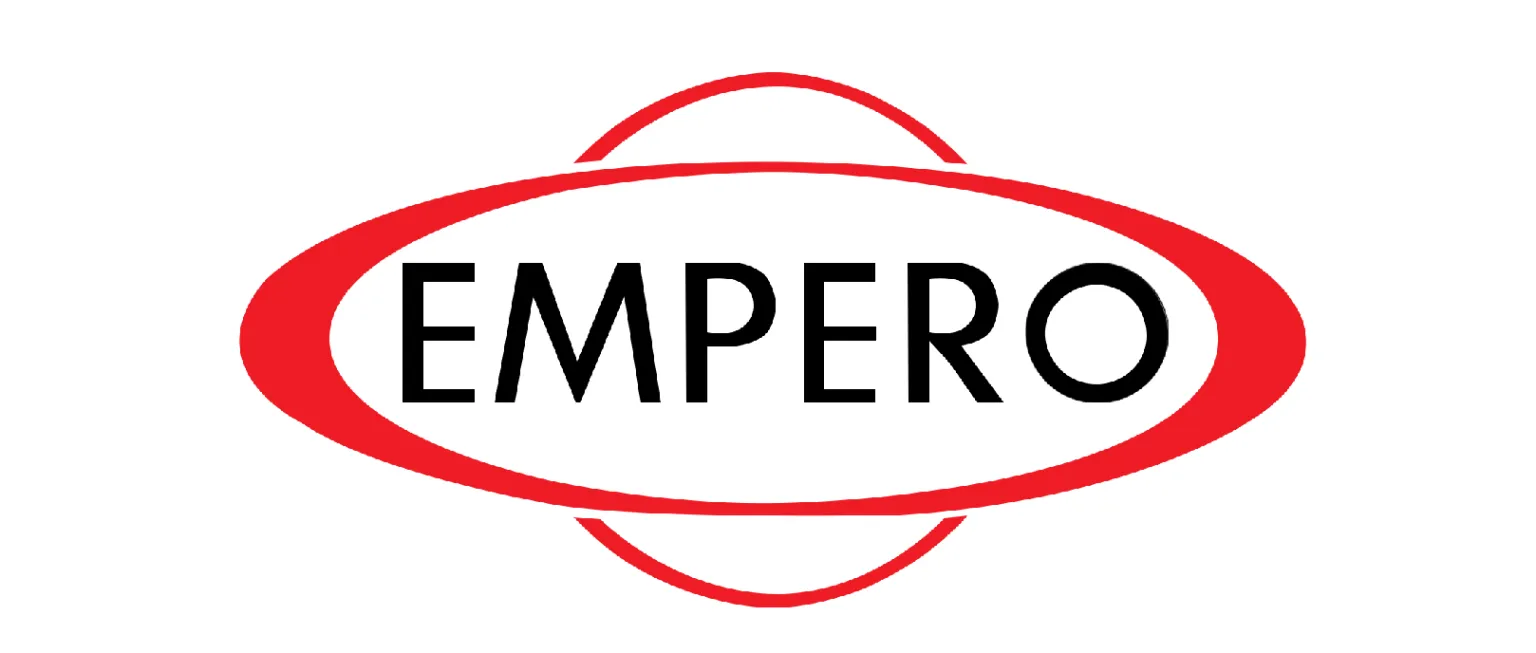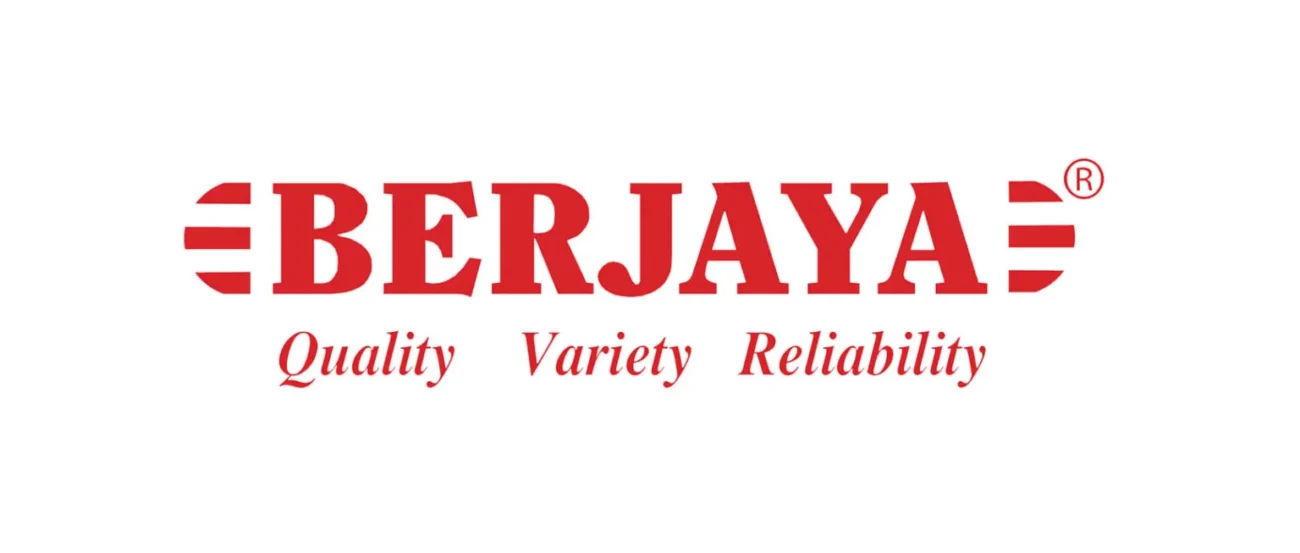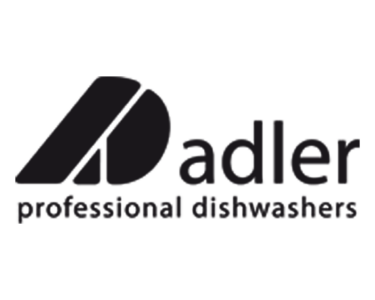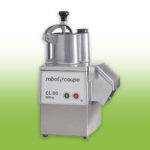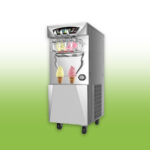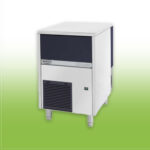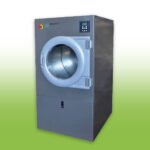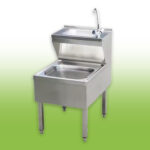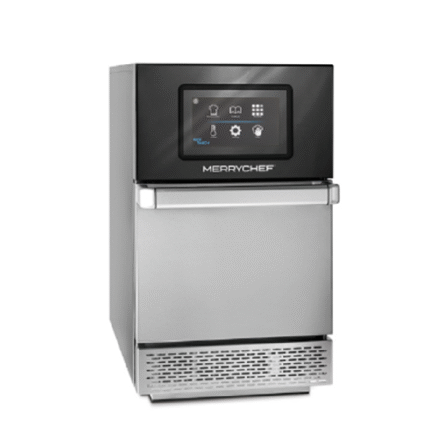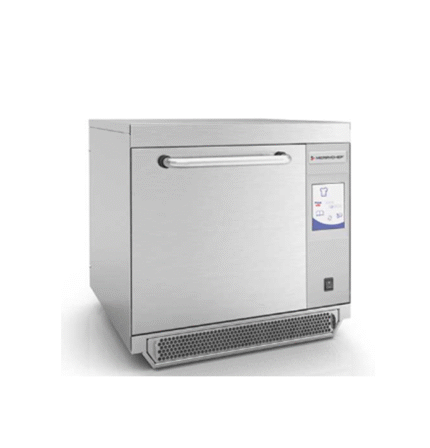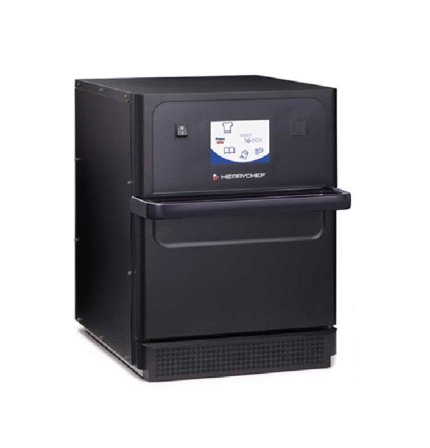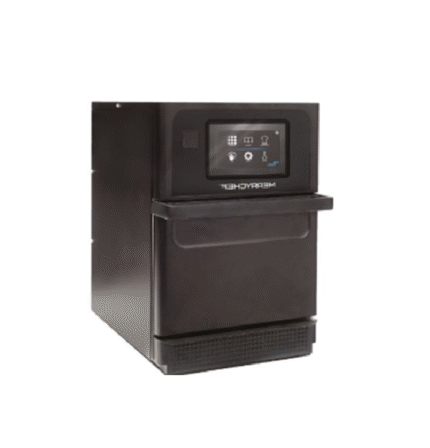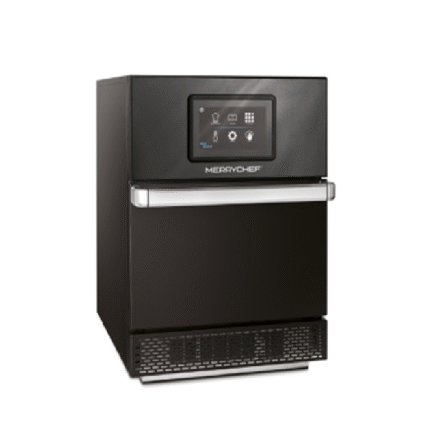Restaurant equipment – A Comprehensive for New Restaurateurs
Restaurant equipment in ensuring efficient kitchen operations and enhancing food quality.
This comprehensive guide covers key types of commercial kitchen equipment,
factors to consider when purchasing, and essential maintenance tips for longevity.
From budgeting to energy efficiency learn how to make informed decisions that can boost staff productivity and customer satisfaction.
Invest wisely in your restaurant’s success by prioritizing quality kitchen supplies and equipment for optimal performance.
A Comprehensive Guide for New Restaurateurs
Restaurant equipment plays a pivotal role in the successful operation of any foodservice establishment, including both small eateries and larger enterprises.
The choice of kitchen equipment significantly influences multiple facets of the restaurant’s performance, beginning with efficiency.
High-quality commercial kitchen equipment ensures that food preparation and cooking processes are streamlined.
By employing modern cooking equipment in the kitchen staff can serve meals more quickly and reduce wait times for customers thereby enhancing overall kitchen productivity.
Moreover the quality of the equipment directly affects the food’s quality.
For instance utilizing professional kitchen equipment that maintains optimal cooking temperatures allows chefs to prepare dishes to perfection.
In contrast outdated or subpar kitchen supplies can lead to inconsistencies, which may tarnish a restaurant’s reputation.
New restaurateurs should prioritize sourcing their kitchen equipment from reputable kitchen equipment suppliers to ensure they achieve the best results.
Another critical aspect to consider is the impact of restaurant kitchen equipment on staff morale and productivity.
Welcoming a well-arranged workspace fitted with reliable commercial cooking equipment can significantly uplift the working environment for chefs and kitchen staff.
This alignment often leads to increased job satisfaction, translating into better service quality which ultimately heightens customer satisfaction.
Conversely insufficient equipment not only hampers workflow but can also contribute to potential safety hazards in the kitchen something no restaurateur can afford.
In addition to these factors, using appropriate kitchen equipment can also result in cost savings.
Investing in high-quality commercial kitchen supplies reduces the likelihood of breakdowns and subsequent repairs, helping to mitigate unnecessary operational costs.
Additionally efficient kitchen equipment can reduce energy consumption translating into lower utility bills.
Ensuring that a restaurant is equipped with the right tools is therefore not just a matter of convenience but a fundamental component of a successful operation.
Key Types of Restaurant Equipment You Need
Establishing a successful restaurant requires careful consideration of various essential types of restaurant equipment that cater to both the kitchen’s functionality and the dining experience.
Effective kitchen equipment forms the backbone of any commercial kitchen, enabling smooth operations from food preparation to cooking and storage.
Firstly kitchen cooking equipment plays a vital role in food preparation and includes items such as ovens stoves and grills.
These are fundamental for any culinary operation as they allow for a variety of cooking methods to be employed, ensuring versatility in the menu.
Additionally commercial cooking equipment is designed to withstand the high demands of a restaurant environment, offering durability and reliability.
In terms of food preservation refrigeration units are crucial.
Walk-in coolers and reach-in refrigerators are standard fixtures in many restaurants, ensuring that ingredients remain fresh and safe for cooking.
Efficient commercial kitchen supplies such as these contribute significantly to reducing food waste and maintaining quality standards.
Kitchen Equipment for Restaurant
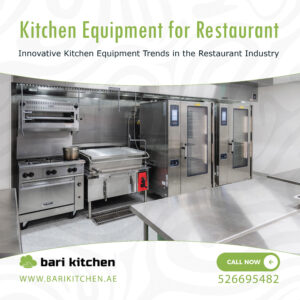
Kitchen Equipment for Restaurant The food preparation segment cannot be overlooked.
A well-equipped kitchen supply store will offer various tools including mixers slicers, and knives which are necessary for efficient meal preparation.
Together with cooking equipment these tools form a complete working environment that facilitates high productivity.
Front-of-house equipment is equally important encompassing furniture dishware and point-of-sale systems.
Each of these elements contributes to the dining experience and customer satisfaction.
For instance comfortable seating arrangements and aesthetically pleasing dishware enhance the overall ambiance,
while robust point-of-sale systems streamline the ordering process and improve service speed.
In summary selecting the right commercial kitchen equipment and supplies is critical for new restaurateurs.
By investing in quality equipment and tools restaurant owners can ensure efficiency in their operations and provide an exceptional experience for their patrons.
Factors to Consider When Purchasing Equipment
When embarking on the journey of setting up a new restaurant, selecting the right kitchen equipment is paramount to the establishment’s success.
Restaurateurs must evaluate several critical factors to make informed decisions regarding restaurant equipment.
First and foremost budget constraints play a significant role in determining the types of commercial kitchen equipment that can be purchased.
It is essential to have a clear understanding of the total costs, including purchase price, installation, and any other associated fees.
Establishing a budget will help narrow down choices and ensure that the equipment aligns with financial capabilities.
Another important consideration is equipment longevity.
Investing in high-quality kitchen cooking equipment can lead to long-term savings, as more durable products typically require less frequent replacement.
Assessing the expected lifespan of the equipment and the terms of warranties offered by kitchen equipment suppliers can provide insight into potential future costs.
Additionally, maintenance requirements must be considered.
Some commercial kitchen supplies necessitate regular upkeep and specific care, which can affect operational efficiency.
It is essential to evaluate how easily equipment can be serviced and if it aligns with the skills available within the restaurant’s staff or if third-party services will be required.
Energy efficiency should also be a priority when evaluating cooking equipment in the kitchen.
Investing in energy-efficient models can result in decreased utility bills and a smaller environmental footprint.
Understanding the energy ratings of potential equipment can aid in making sustainable choices.
Restaurant Kitchen Equipment
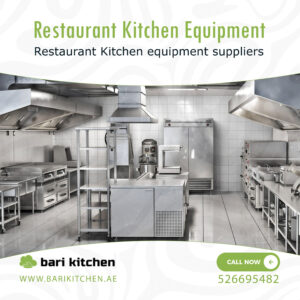
Restaurateurs should also weigh the option of buying versus leasing commercial cooking equipment.
Leasing can provide short-term flexibility but often comes with higher cumulative costs.
Ultimately the decision should consider the restaurant’s long-term goals and financial strategy.
Finally purchasing from reputable providers is crucial.
Selecting a reliable kitchen equipment manufacturer or kitchen supply store will ensure that quality standards are met and that adequate after-sales support is available.
Taking the time to research potential suppliers can lead to a more efficient and successful kitchen setup.
Tips for Maintaining Restaurant Equipment
Maintaining restaurant equipment is crucial for ensuring optimal performance and longevity.
A well-maintained commercial kitchen not only enhances the efficiency of cooking but also ensures food safety and compliance with health regulations.
To maximize the lifespan of your kitchen equipment it is essential to implement routine maintenance tasks.
Regular cleaning of kitchen cooking equipment, including ovens,
grills and fryers helps prevent the buildup of grease and food debris, which can lead to malfunctions or hazards.
In addition to cleaning staff training plays a vital role in maintaining restaurant equipment.
Ensuring that your team is knowledgeable about the proper use and care of each piece of kitchen equipment will significantly reduce wear and tear.
Training should cover basic operational guidelines, the importance of timely reporting for repairs, and safe handling practices.
Kitchen equipment suppliers often provide valuable resources and training materials that can assist in educating your staff.
Creating a maintenance schedule is another important aspect of equipment upkeep.
This schedule should outline regular inspections cleaning tasks and necessary servicing intervals for all commercial kitchen equipment.
By following a predetermined timeline you can catch potential issues early and proactively address them before they escalate into costly repairs.
Additionally keeping a record of maintenance logs and equipment manuals can serve as a reference point for your team,
ensuring that everyone is aware of the maintenance history and operational requirements of your restaurant cooking equipment.
Restaurant Cooking Equipment
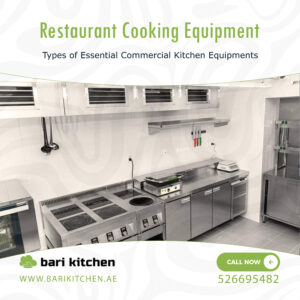
When it comes to repairs or replacements timely action is key.
If a piece of commercial cooking equipment malfunctions it is essential to assess the best course of action.
If repair costs are consistent and rising it may be time to consider investing in new equipment from a reputable kitchen equipment manufacturer.
This approach can ultimately enhance the efficiency of your commercial kitchen and prevent future operational disruptions.
